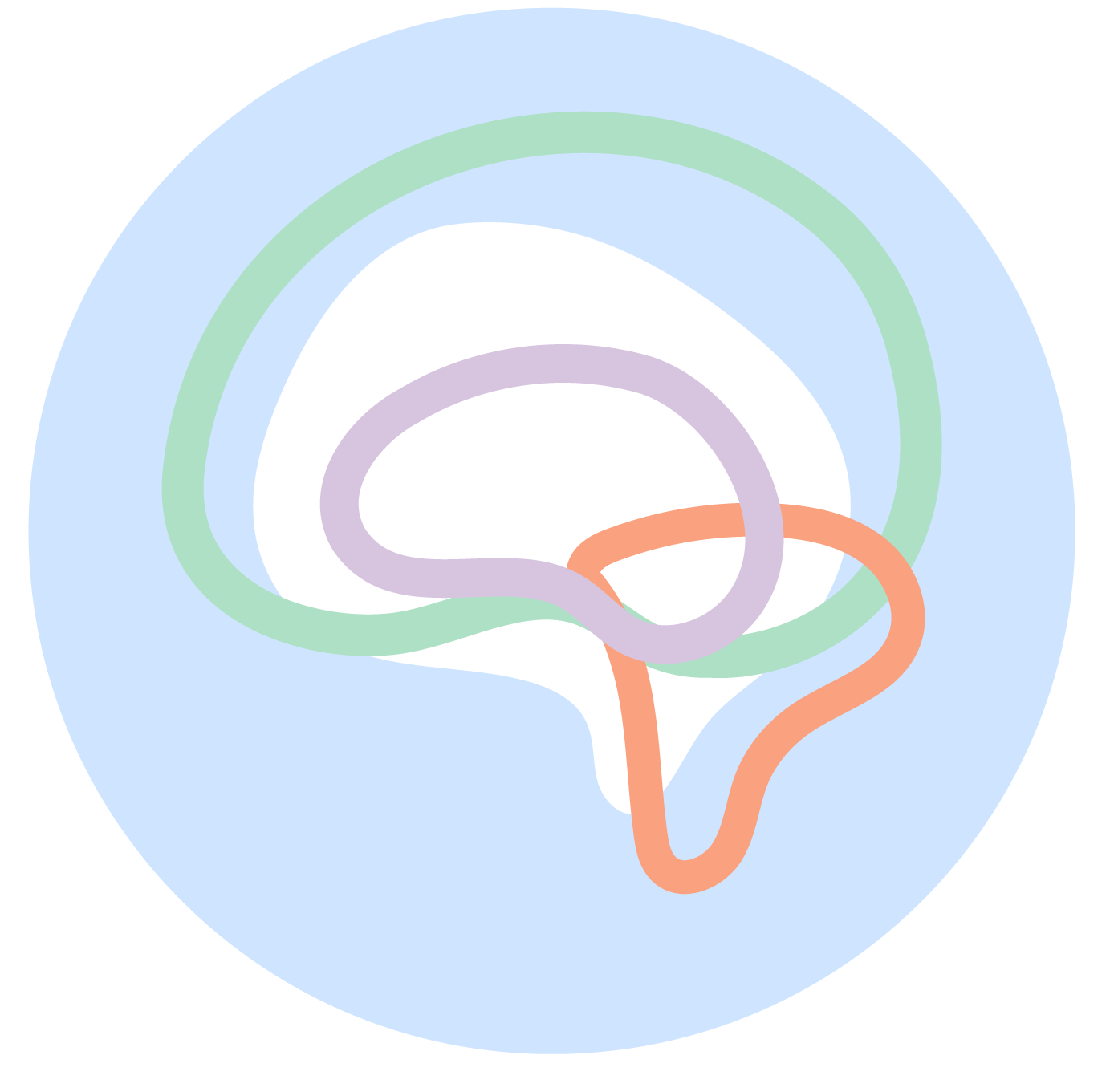Art, an Effective Self-Love Practice
Art is so much more than just an activity to keep you busy—it can also be therapeutic. In many ways, making art is a way of taking care of yourself and your health. It can be a form of stress relief, self-expression, or even a form of self-love.
Especially when it comes to countering fierce social comparison in middle and high school, new research suggests art as an avenue for practicing self-love and boosting self-esteem. In the United Kingdom Millennium Cohort Study, children with similar backgrounds were paired together, with one child having frequently participated in the arts, and another who did so less often or not at all. “Art”, in this study, included listening to or playing music; drawing, painting, or making things; and reading for enjoyment. Researchers found that children who participated in art more often are more likely to have higher levels of self-esteem than those who didn’t. This effect was more substantial with children who participated in art “most days”. Additionally, there was also a boost in self-esteem in areas like reading, music-making, and listening when parents were involved (Mak & Fancourt, 2019).
“ Art activity has been suggested to validate the uniqueness of an individual, which gives rise to a sense of accomplishment and to feelings of self-worth in their own abilities”
Researchers are still working on untangling the mechanism by which art impacts self-esteem. Mak and Fancourt speculate that making art helps to validate the “uniqueness of an individual”, which leads to feelings of accomplishment and self-worth. It supports a sense of social identity, encourages goal-directed behavior, and enhances social resilience. Other researchers, like Kaimal and colleagues, link the effect of art on mental health to cortisol, a stress hormone. They found that cortisol levels decreased significantly in most adults after an art activity (Kaimal et al., 2016).
“Engagement, not ability, appears to be the key”
Importantly, Mak and Fancourt emphasize that “engagement, not ability, seems to be the key”. Regardless of the quality or outcome of their art, the process of engaging with art, whether it’s music, painting, or reading, is the key to improving self-esteem. And while the precise mechanism is still being investigated, research shows that making art boosts your self-esteem, makes you feel good, and is thus a form of self-love.


